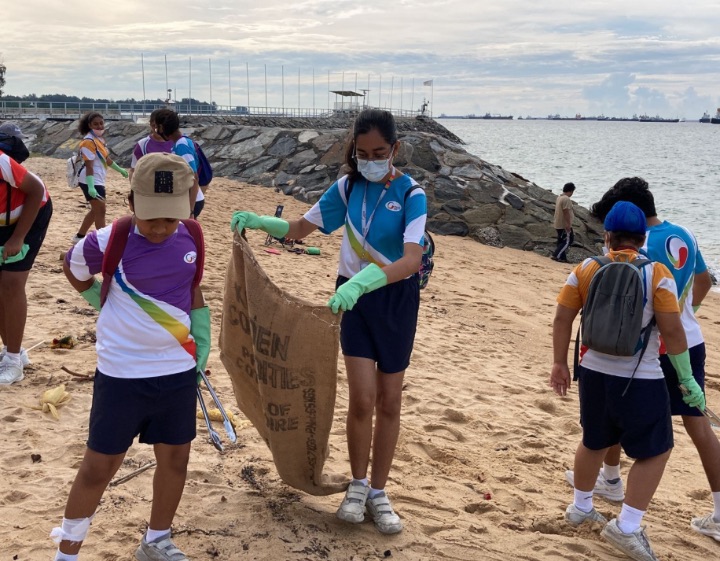
Saving the planet begins early on in school! Here’s how students at the GIIS East Coast campus are learning about their carbon footprint and making a real difference
The perils of climate change and global warming have been in the spotlight in recent years, especially as young climate activists like Greta Thunberg, Luisa Neubauer and Autumn Peltier use their voices to raise awareness on the matter. In Singapore, GIIS has fast become an advocate for green and sustainable initiatives, and its students are motivated by the concept of responsible trash disposal and sustainability as a way of life. Here are nine ways GIIS East Coast students are paving the way for change in (and out of) school!
Students plan and lead green practices
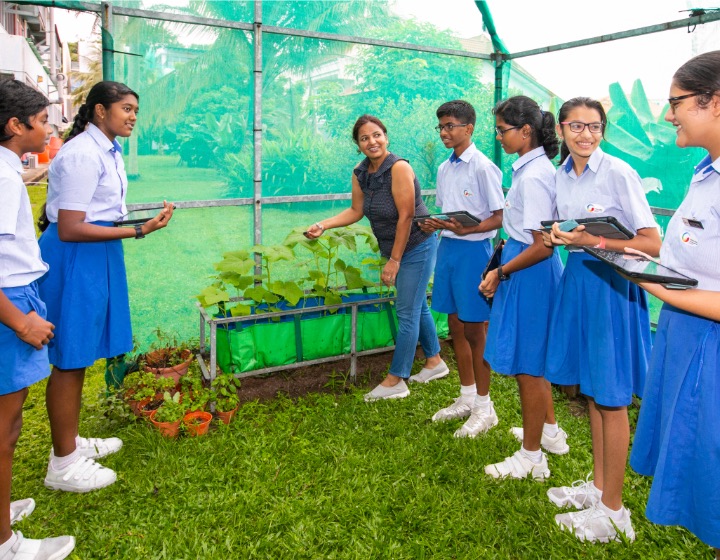
The step towards eco-friendly living begins at the GIIS East Coast campus. In its large, green space with tech-enabled classrooms and abundant outdoor learning experiences, students can participate in the Sustainability Club that meets on Wednesdays. Led by Dr Nidhi Goyal, a Senior Science teacher, each student in the club is assigned a task for the various planned initiatives, and is responsible for keeping the entire student body up to date on these. Some of these initiatives include:
1. Planting saplings: At GIIS, students who share a birthday month bring a sapling from home and plant it in the school’s gardens. Materials such as used tyres and old flowerpots are used in place of newer pots.
2. Organic gardening: Students have planted and maintained an organic garden comprising more than 60 species of flora, including fruits, veggies and flowers such as lettuce, curry leaves, lemongrass, bananas, jackfruits, coconuts, okra and more. Some of these have been harvested and sold to the teachers, with revenue allocated for seeds, manure and other necessities for the garden’s upkeep.
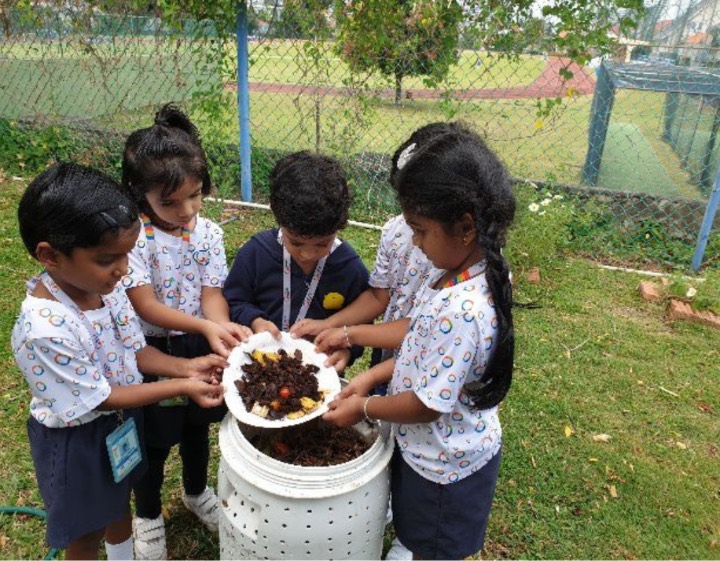
3. Aerobic composting: Dr Nidhi and the sustainability team train students to make compost in perforated compost bins once every few months. Organic waste (fruit and vegetable peel, dry leaves etc.) is collected and when the composting is complete, the organic manure is used in the gardens around the campus.
4. E-waste collection: Did you know electronic devices can be recycled to make new ones? Students at GIIS’ East Coast campus have collected more than 100 kgs of e-waste to date, arranging for its collection through a mobile recycling firm or by disposing it at e-waste bins in shopping malls.
5. Raising sustainability awareness: Grade 5 students from the IB Primary Years Programme at GIIS East Coast campus have raised awareness about sustainability topics and green initiatives such as deforestation and the complex inter-relationships between humans and other inhabitants of the planet through their year-end PYP exhibition.
Going green outside of school
Green habits aren’t just a way of life within the school’s walls, as GIIS students also practice what they preach outside. With help from several organisations and external partners, students have participated in various green initiatives around Singapore. These include, but aren’t limited to:
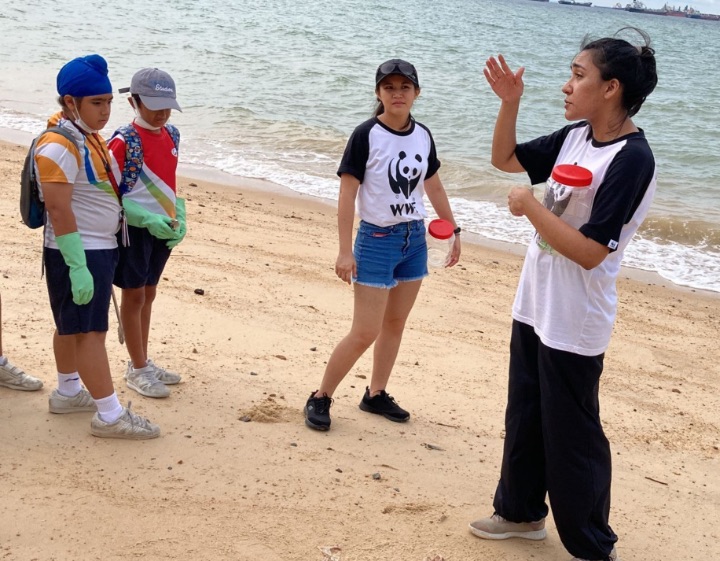
6. Beach clean-ups: While the students and staff at the East Coast campus (in rotation) do a beach clean-up almost every month at East Coast Park beach, students recently collaborated with WWF members for a targeted 30 kg trash collection drive. The group collected 60 kgs of trash from the East Coast beach, which was then sent to the National University of Singapore (NUS) for recycling into renewable energy.
7. OneMillion Trees movement: Students pick their preferred dates and go with their parents to plant trees around the country.
8. Understanding food waste: Working with WWF as an “eco-school”, secondary students were engaged in an in-school campaign to understand food wastage and how to avoid it. They, in turn, created a presentation for their primary school counterparts, explaining the effects of food waste. As a result, the GIIS East Coast campus has now reduced its food waste by a significant margin, with food bins placed to collect leftovers – these are then turned into compost for the garden.
9. Mapping carbon footprints: In an effort to minimise the school’s carbon footprint, GIIS has collaborated with the Centre for Environmental Research and Education (CERE) to monitor and map electricity used in classrooms, students’ and teachers’ travel emissions, waste generated and more.
As a result, GIIS has been recognised regionally for its efforts to go green in every way possible. The East Coast campus won awards such as the 2018-19 and 2019-20 Vanda Miss Joaquim Award by Singapore Environment Council, the 2018 Kopsia award and the 2019 Yellow Flame award by Singapore Environment Council, as well as a Certification of Appreciation from Clean and Green Singapore. In September 2022, the school was invited to participate in the Global Environmental Education Partnership Asia-Pacific Regional Center (GEEP APRC) in Taiwan to share more about the green initiatives adopted within the East Coast campus in the last few years.
Interested in learning how your child can become involved in GIIS’s eco-conscious community? Sign up for a tour of the East Coast campus and see how its green policies and programmes can benefit your little learner!
![]() Global Indian International School
Global Indian International School
East Coast Campus: 82 Cheviot Hill, Singapore 459663, Tel: (+65) 6914 7001,
GIIS SMART Campus, 27 Punggol Field Walk, Singapore 828649, Tel (+65) 6914 7001
singapore.globalindianschool.org
Find out more about GIIS and its educational approach below:
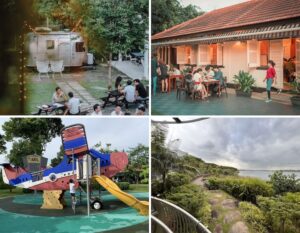




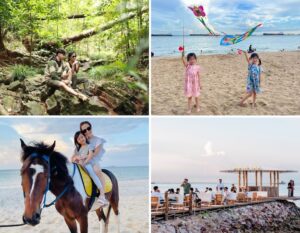
 View All
View All



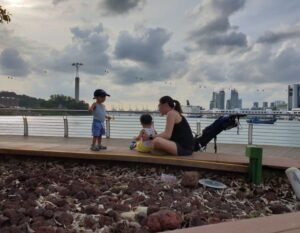
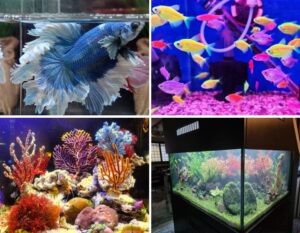
 View All
View All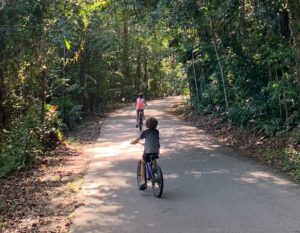
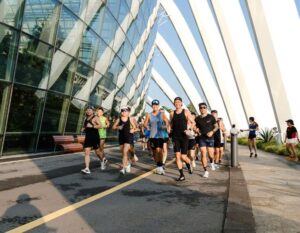


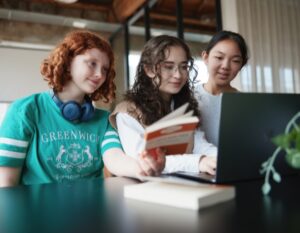
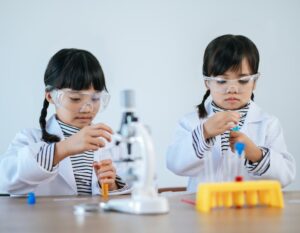




 View All
View All


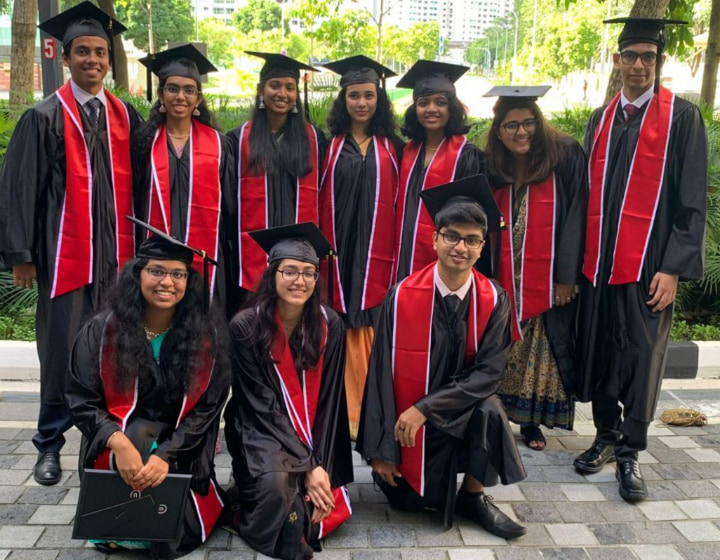
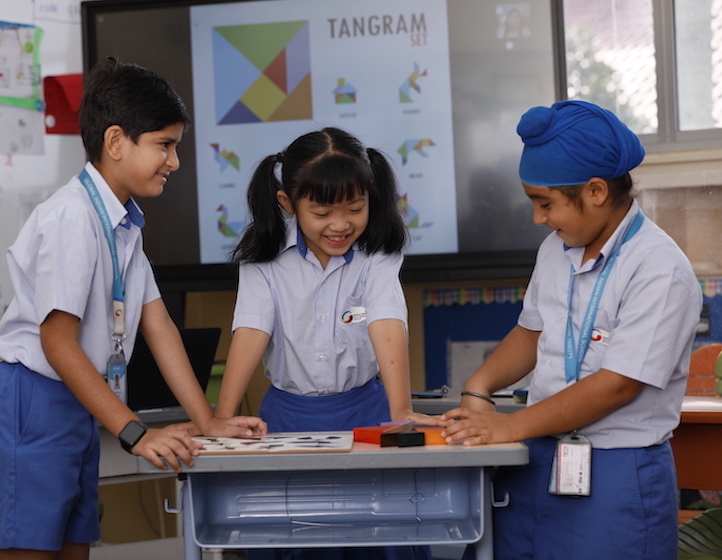
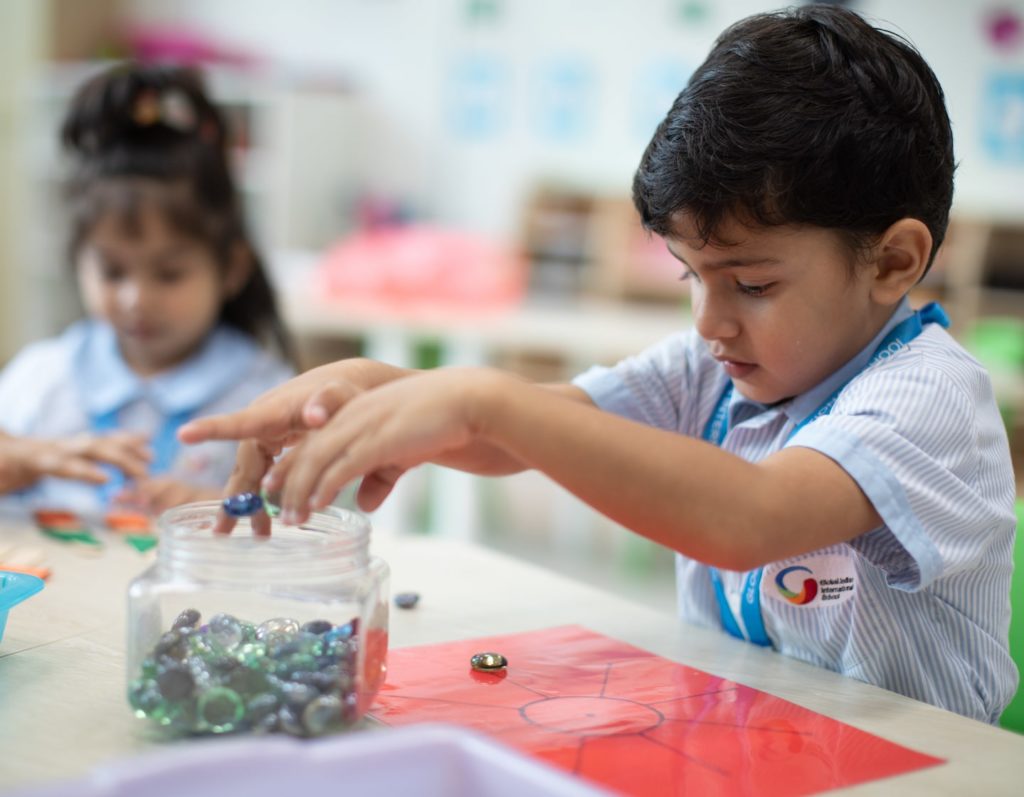
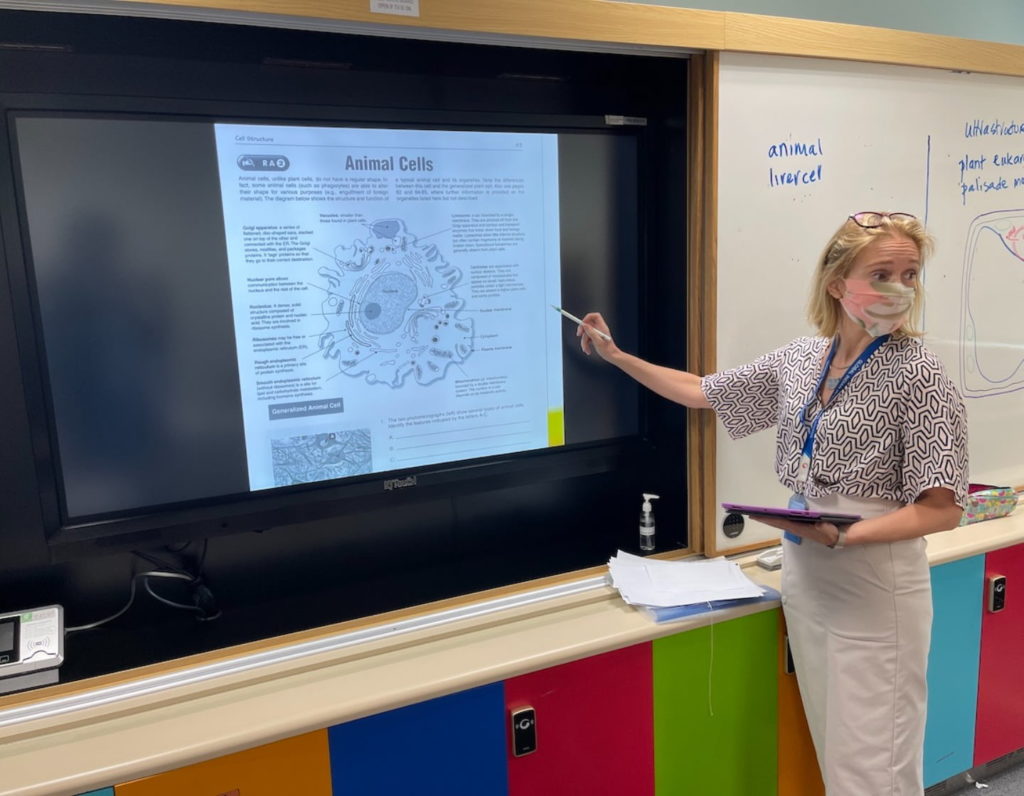
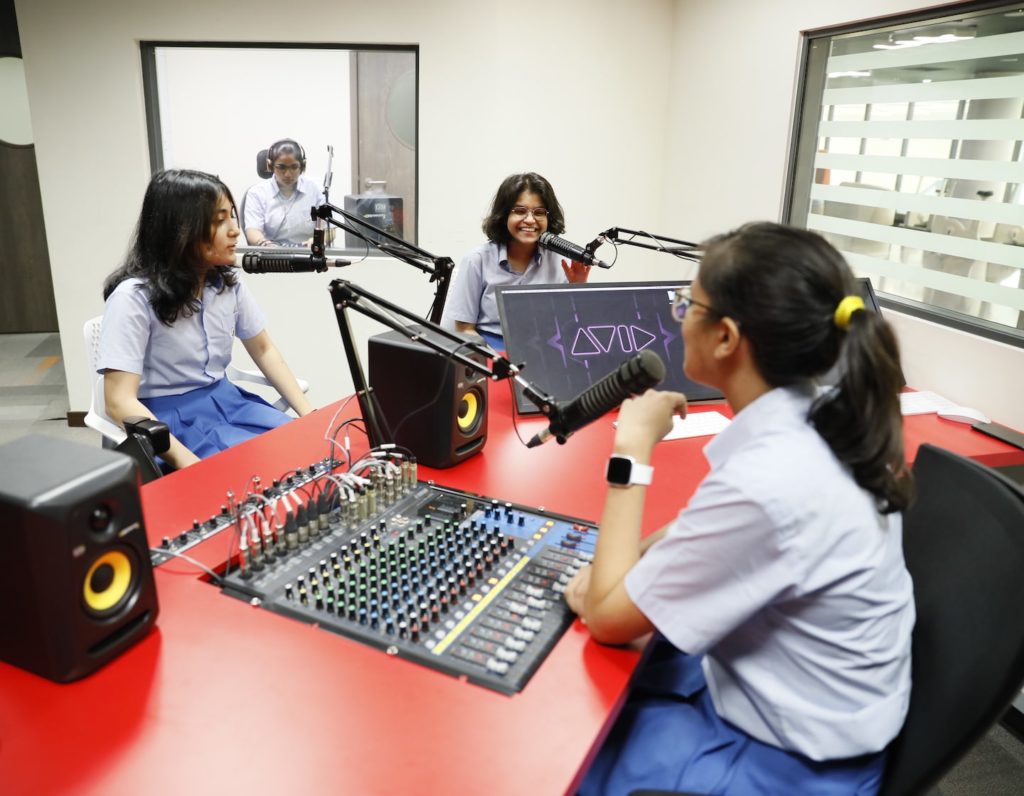
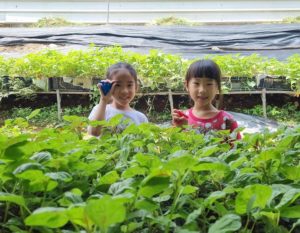
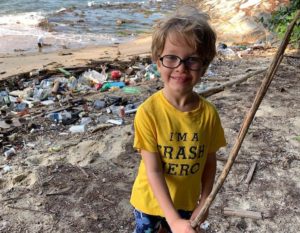


![[𝗦𝗔𝗩𝗘 𝗧𝗛𝗜𝗦] 𝗙𝗿𝗲𝗲 𝗔𝗰𝘁𝗶𝘃𝗶𝘁𝘆 𝗙𝗼𝗿 𝗞𝗶𝗱𝘀 𝗪𝗵𝗼 𝗟𝗢𝗩𝗘 𝗙𝗶𝗿𝗲𝘁𝗿𝘂𝗰𝗸𝘀! 🚒🔥
Skip the usual mall stroll and check out the Civil Defence Heritage Gallery! It’s free, air-conditioned, and housed in Singapore’s very first fire station, just across from Funan Mall.
Spanning two full floors, the gallery dives into Singapore’s firefighting history, major rescue missions, and the evolution of the SCDF. There are interactive exhibits, immersive displays, and even emergency preparedness tips for the public.
Bonus: Selected fire stations also host Saturday morning open houses with guided tours where you can watch fire gear demos, meet firefighters, and see those high-pressure water sprays in action!
𝗛𝗼𝘄 𝗺𝘂𝗰𝗵? FREE
𝗪𝗵𝗲𝗿𝗲? 62 Hill St, Singapore 179367
𝗢𝗽𝗲𝗻𝗶𝗻𝗴 𝗵𝗼𝘂𝗿𝘀? 10 am–5 pm (Closed on Mondays)
Comment “Fire” or link in bio for more details!
Tag your parent crew and plan your next adventure with the little ones! 👨👩👧👦💥
.
.
.
.
.
.
.
#SGFireStation #SCDFGallery #ThingsToDoWithKidsSG #FreeFamilyFun #SGParents #KidFriendlySG #FiretruckLovers #MuseumAdventure #SCDF #HeritageGallery #SGMums #FamilyWeekendSG #LearningThroughPlay #SingaporeWithKids](https://www.sassymamasg.com/wp-content/plugins/instagram-feed/img/placeholder.png)
